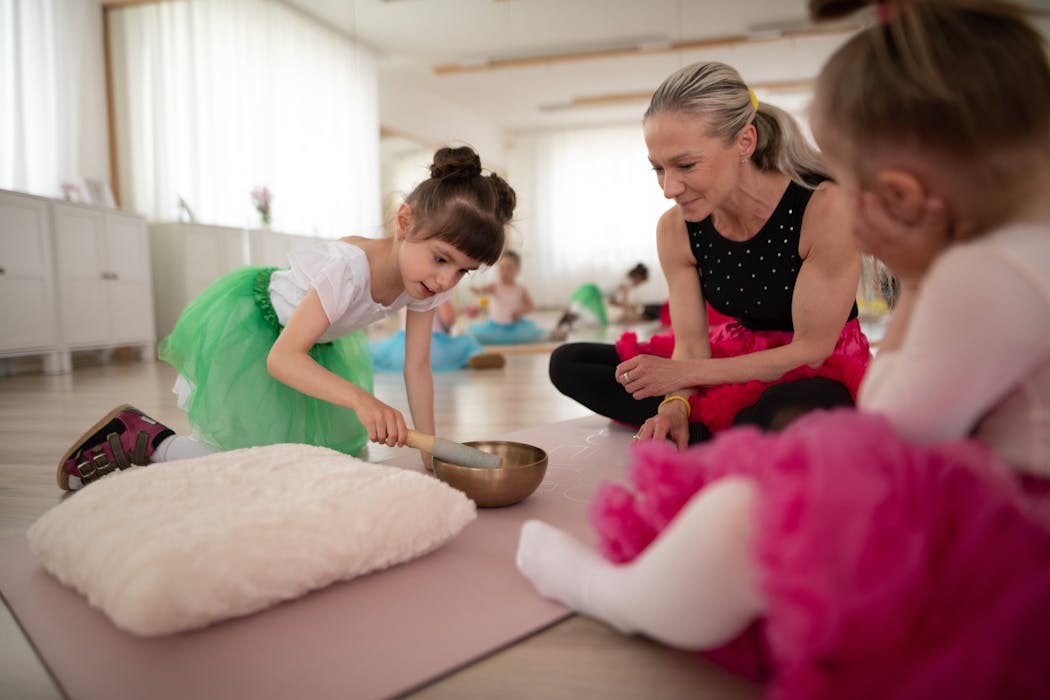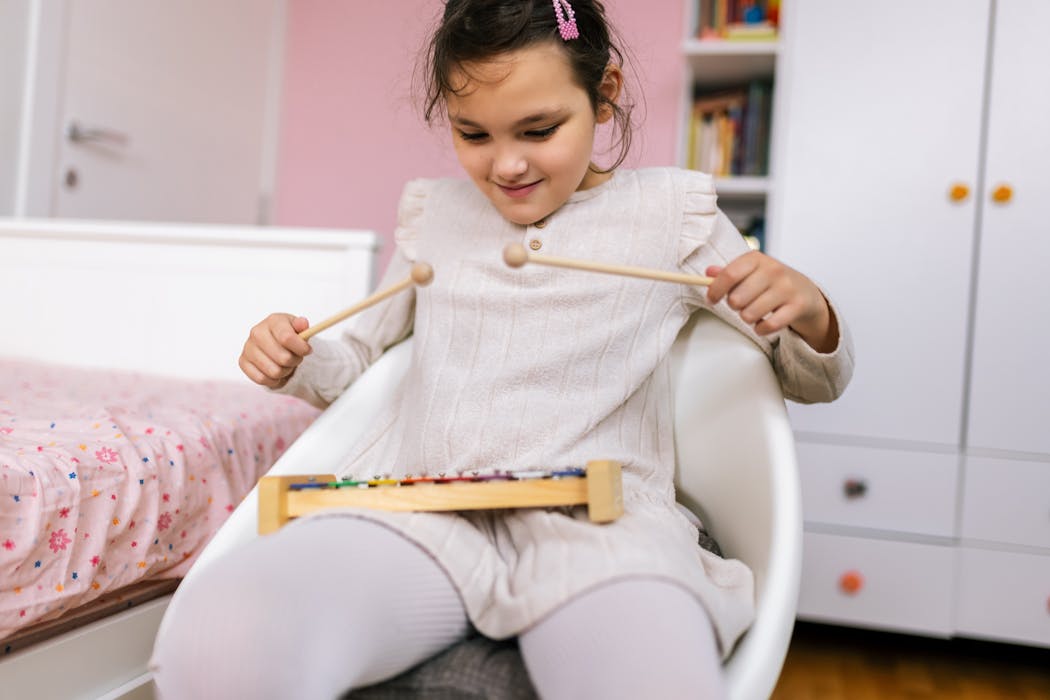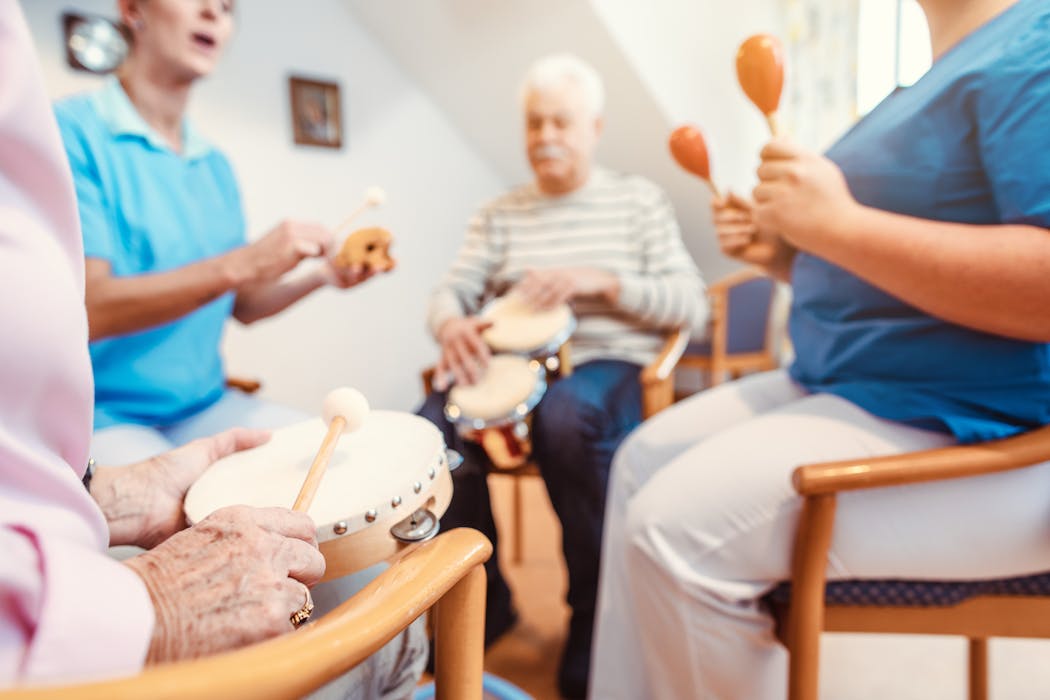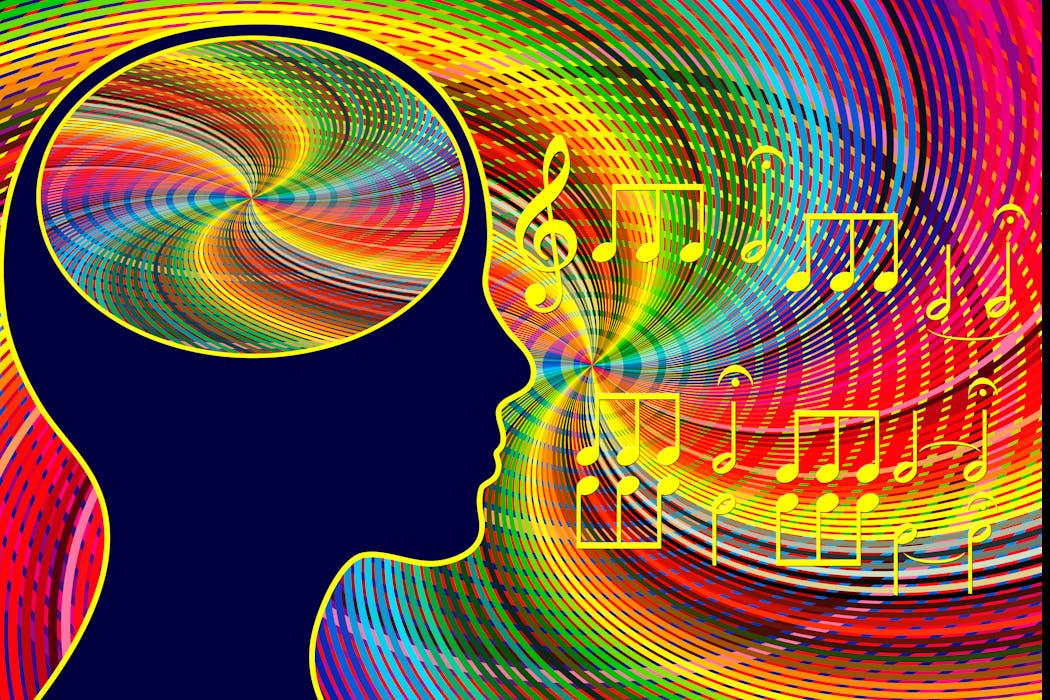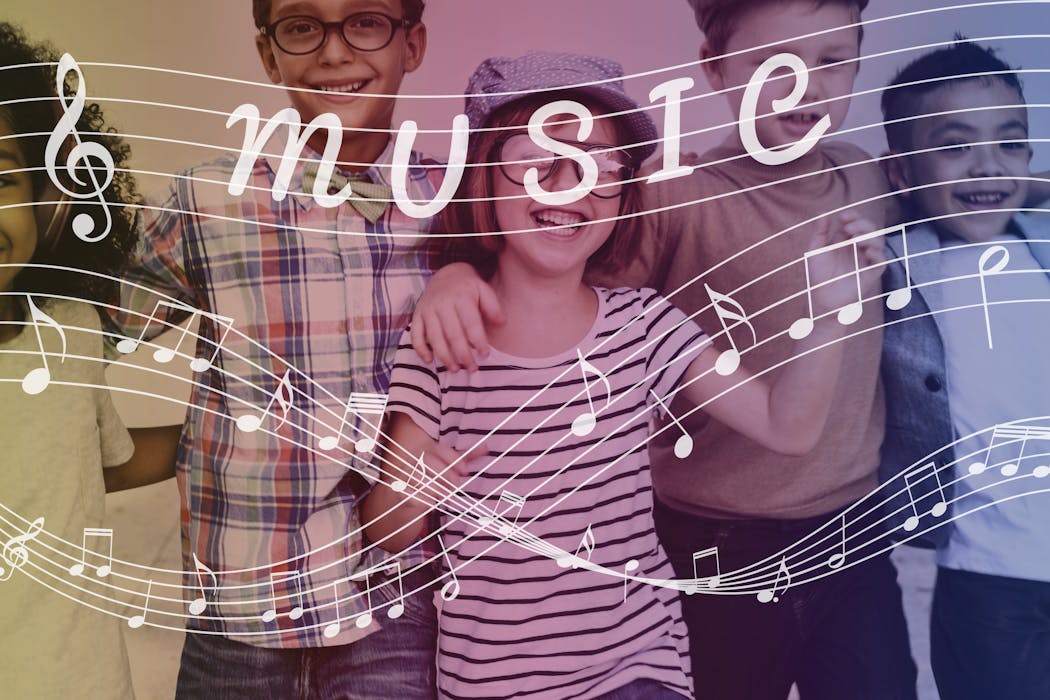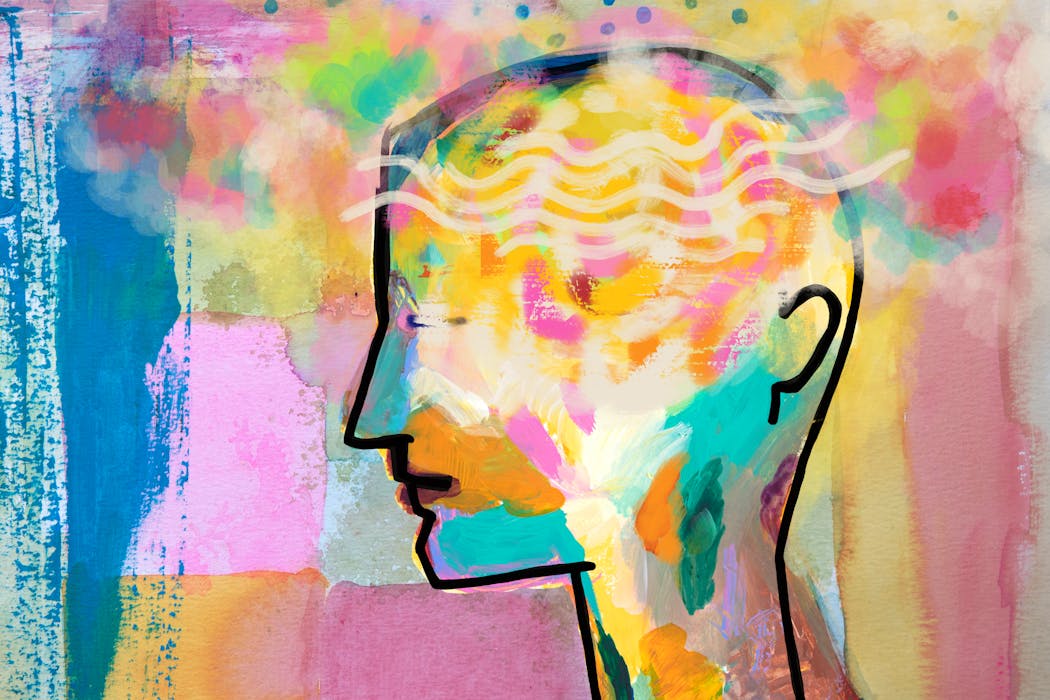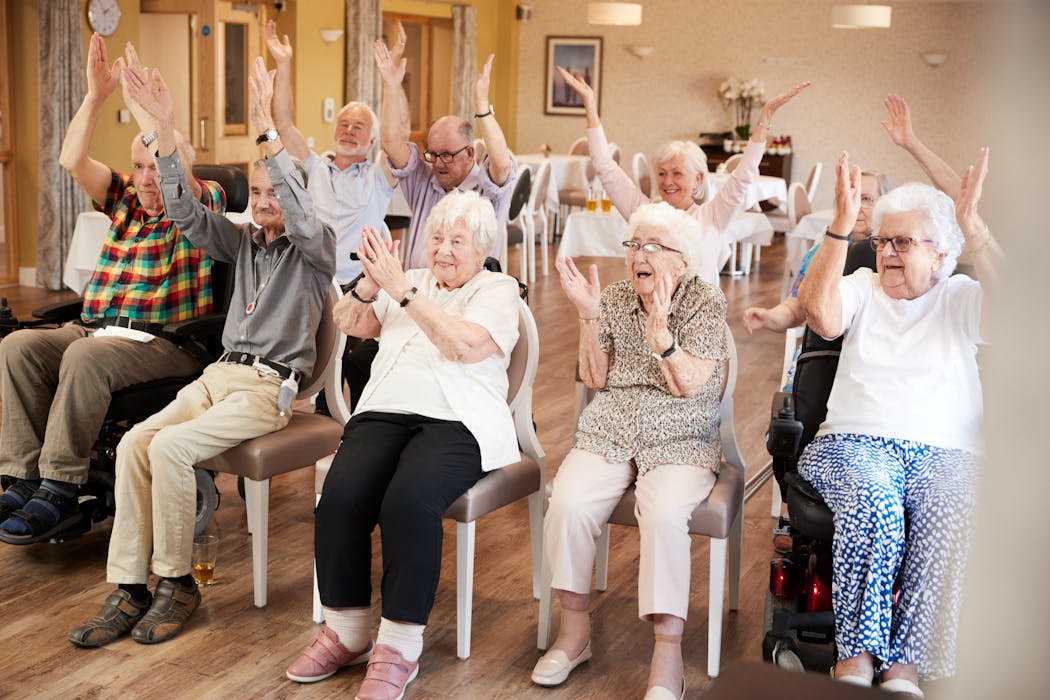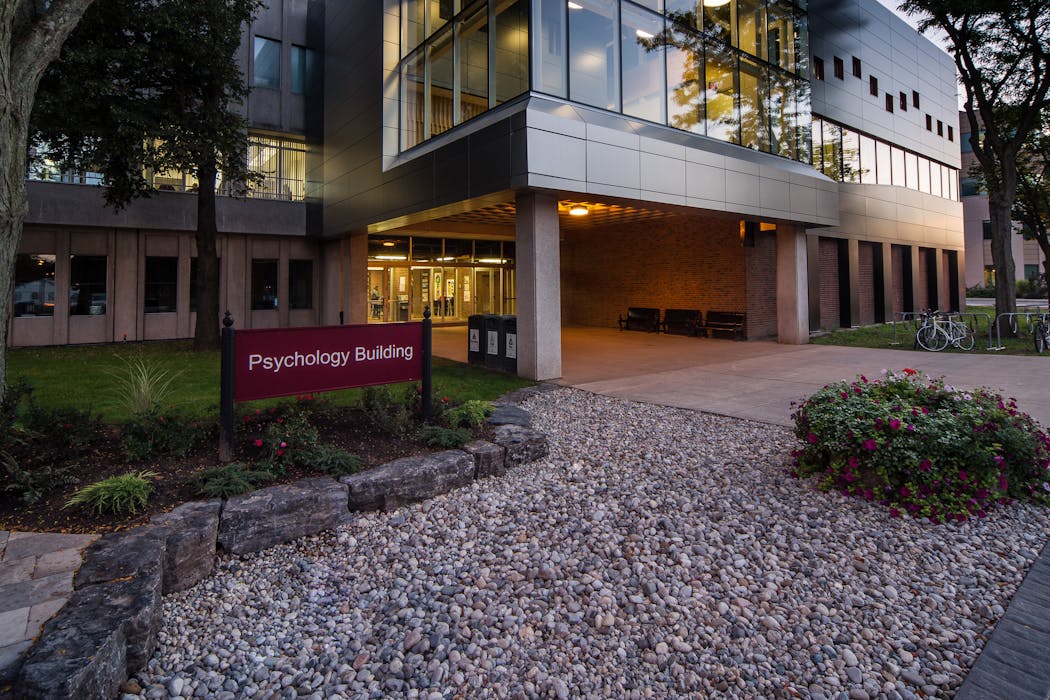Kinesthetic awareness, also known as proprioception, is the body’s ability to sense its own movement and position in space. It is the sense that allows us to know where our body parts are without having to look at them. This awareness is crucial for everyday activities such as walking, reaching for objects, and maintaining balance. In the context of dance therapy, kinesthetic awareness plays a vital role in helping individuals connect with their bodies and emotions. It allows them to become more attuned to their physical sensations and movements, leading to a deeper understanding of themselves and their experiences.
Kinesthetic awareness is developed through the integration of sensory information from the muscles, joints, and skin. This information is processed by the brain, which then sends signals to the body to adjust its movements and posture. Through regular practice and mindful movement, individuals can enhance their kinesthetic awareness and improve their overall physical coordination. This heightened awareness can also lead to a greater sense of embodiment, allowing individuals to feel more connected to their bodies and the present moment. Overall, kinesthetic awareness is a fundamental aspect of human movement and is essential for promoting physical and emotional well-being.
The Role of Kinesthetic Awareness in Dance Therapy
In dance therapy, kinesthetic awareness serves as a cornerstone for promoting self-expression, emotional release, and personal growth. By focusing on the body’s sensations and movements, individuals can gain insight into their emotions and experiences. This heightened awareness allows them to express themselves more authentically through movement, leading to a deeper understanding of their inner world. Additionally, kinesthetic awareness can help individuals release tension and stress held in the body, leading to a greater sense of relaxation and well-being.
Dance therapy utilizes kinesthetic awareness to help individuals process and integrate their emotions through movement. By tuning into their bodily sensations, individuals can explore and express their feelings in a non-verbal manner. This can be particularly beneficial for those who struggle with verbal communication or have experienced trauma. Through guided movement exercises and improvisational dance, individuals can tap into their kinesthetic awareness to access and release pent-up emotions. Overall, kinesthetic awareness plays a crucial role in dance therapy by providing a pathway for individuals to connect with their bodies, emotions, and inner selves.
Techniques for Cultivating Kinesthetic Awareness
There are various techniques that can be used to cultivate kinesthetic awareness in dance therapy sessions. One common approach is mindfulness-based movement, which involves guiding individuals to pay attention to their bodily sensations and movements in the present moment. This can be done through simple exercises such as body scans, where individuals focus on different parts of their body and notice any sensations or tensions present. Another technique is somatic experiencing, which involves exploring the connection between bodily sensations and emotional experiences. Through gentle movement and guided reflection, individuals can learn to identify and process their emotions through their bodies.
Another effective technique for cultivating kinesthetic awareness is through improvisational dance. This approach allows individuals to explore movement freely without judgment or expectation. By encouraging spontaneous expression, individuals can tap into their innate bodily wisdom and develop a deeper connection with themselves. Additionally, guided imagery and visualization can be used to enhance kinesthetic awareness by inviting individuals to imagine themselves moving in specific ways or engaging with their environment. Overall, these techniques provide a rich foundation for cultivating kinesthetic awareness in dance therapy sessions, allowing individuals to connect with their bodies and emotions in a meaningful way.
Benefits of Developing Kinesthetic Awareness
Developing kinesthetic awareness offers a wide range of benefits for individuals participating in dance therapy. One of the primary benefits is increased self-awareness and self-expression. By tuning into their bodily sensations and movements, individuals can gain insight into their emotions and experiences, leading to a greater sense of self-understanding. This heightened awareness allows them to express themselves more authentically through movement, leading to a deeper connection with their inner selves.
Another benefit of developing kinesthetic awareness is improved physical coordination and balance. By honing their ability to sense and control their movements, individuals can enhance their overall physical capabilities. This can be particularly beneficial for those with physical limitations or disabilities, as it can help them improve their mobility and functional abilities. Additionally, developing kinesthetic awareness can lead to a greater sense of embodiment, allowing individuals to feel more connected to their bodies and the present moment. This can promote a greater sense of relaxation and well-being, as individuals learn to release tension and stress held in the body.
Applying Kinesthetic Awareness in Dance Therapy Sessions
In dance therapy sessions, kinesthetic awareness is applied through a variety of movement-based activities designed to help individuals connect with their bodies and emotions. One common approach is through guided movement exercises that encourage individuals to tune into their bodily sensations and explore different ways of moving. These exercises may involve simple movements such as stretching, reaching, or swaying, allowing individuals to become more attuned to their physical experiences.
Another way kinesthetic awareness is applied in dance therapy sessions is through improvisational dance. This approach allows individuals to explore movement freely without judgment or expectation, providing an opportunity for authentic self-expression. By encouraging spontaneous movement, individuals can tap into their innate bodily wisdom and develop a deeper connection with themselves. Additionally, guided imagery and visualization can be used to enhance kinesthetic awareness by inviting individuals to imagine themselves moving in specific ways or engaging with their environment.
Overall, applying kinesthetic awareness in dance therapy sessions provides a rich opportunity for individuals to connect with their bodies and emotions in a meaningful way. By engaging in mindful movement practices and exploring spontaneous expression, individuals can develop a deeper understanding of themselves and experience the therapeutic benefits of kinesthetic awareness.
Challenges and Limitations of Kinesthetic Awareness in Dance Therapy
While kinesthetic awareness offers numerous benefits in dance therapy, there are also challenges and limitations that may arise. One challenge is that some individuals may struggle to tune into their bodily sensations or have difficulty connecting with their physical experiences. This may be due to past trauma, physical limitations, or simply a lack of familiarity with paying attention to their bodies. In these cases, it may take time and patience to help individuals develop their kinesthetic awareness.
Another challenge is that some individuals may have difficulty expressing themselves through movement or may feel self-conscious about their physical abilities. This can create barriers to fully engaging in dance therapy sessions and may require additional support and encouragement from the therapist. Additionally, there may be limitations in the physical environment or resources available for conducting movement-based activities, which can impact the effectiveness of kinesthetic awareness practices.
Overall, it’s important for dance therapists to be aware of these challenges and limitations when working with kinesthetic awareness in therapy sessions. By being attuned to individual needs and providing a supportive environment, therapists can help individuals overcome these obstacles and experience the therapeutic benefits of kinesthetic awareness.
Future Directions in Kinesthetic Awareness Research in Dance Therapy
As the field of dance therapy continues to evolve, there are exciting opportunities for further research on kinesthetic awareness and its therapeutic applications. One area of interest is exploring the impact of kinesthetic awareness on specific populations, such as those with trauma or neurological conditions. By conducting rigorous studies on the effects of kinesthetic awareness practices, researchers can gain valuable insights into how these approaches can support healing and well-being.
Another future direction is investigating the integration of technology in kinesthetic awareness practices in dance therapy. With advancements in virtual reality and motion capture technology, there are new possibilities for enhancing the sensory experiences of individuals participating in dance therapy sessions. By incorporating these technologies into therapeutic interventions, researchers can explore innovative ways of promoting kinesthetic awareness and supporting emotional expression through movement.
Overall, future research in kinesthetic awareness in dance therapy holds great promise for advancing our understanding of how movement-based practices can support healing and well-being. By continuing to explore new avenues for applying kinesthetic awareness in therapeutic settings, researchers can contribute to the ongoing development of effective interventions that promote physical and emotional wellness.
Find out how Torongo Therapyplus can help you with your needs. Get in touch with us at smile@torongo.life, or call us on 02 8809 9965.

















